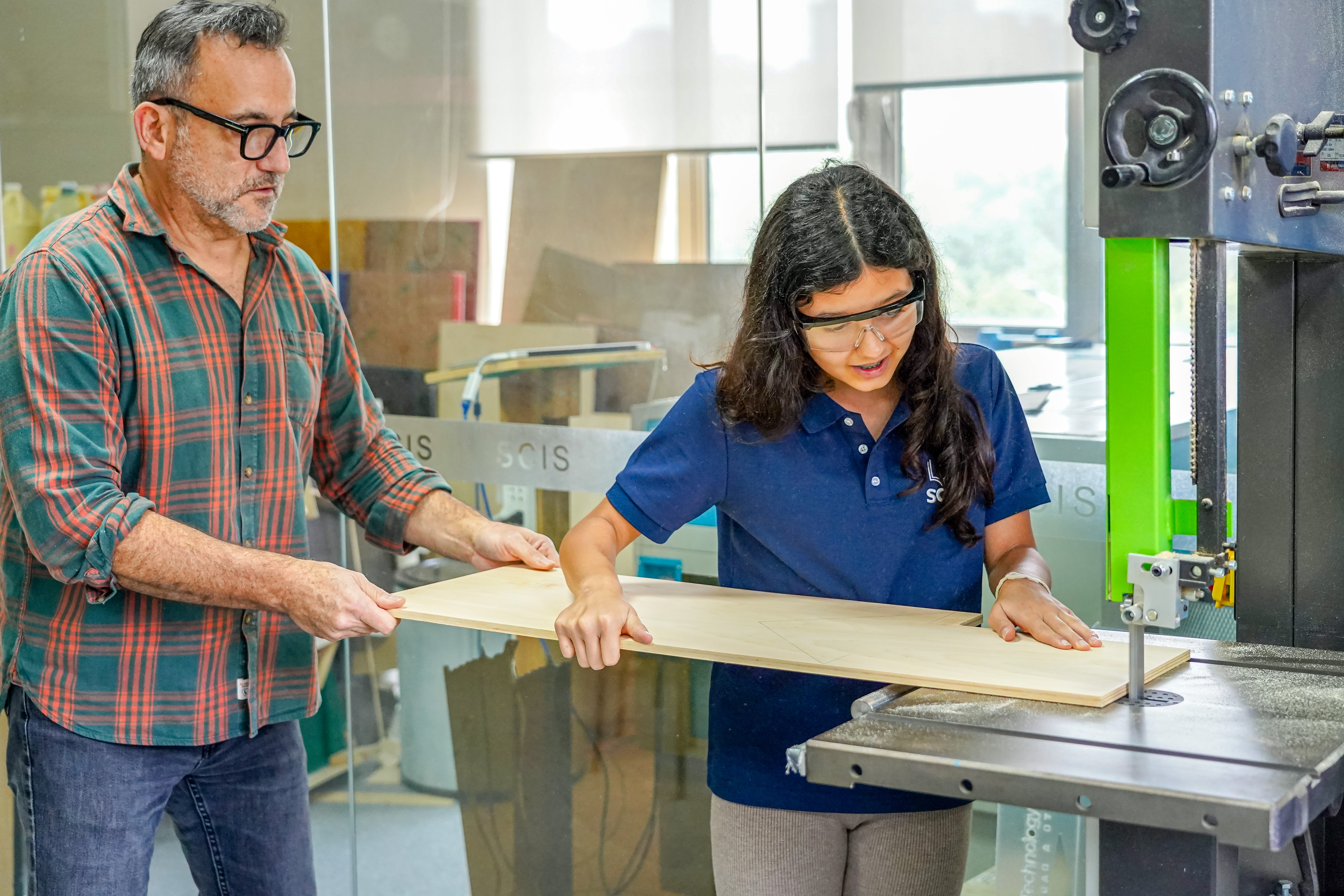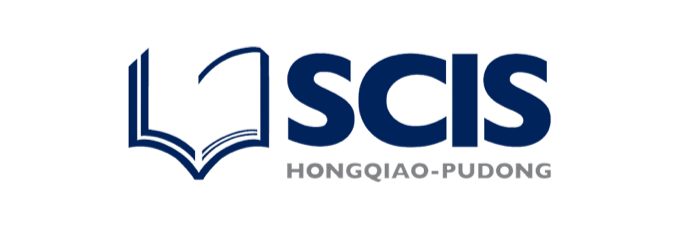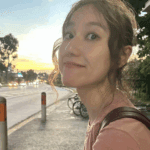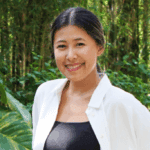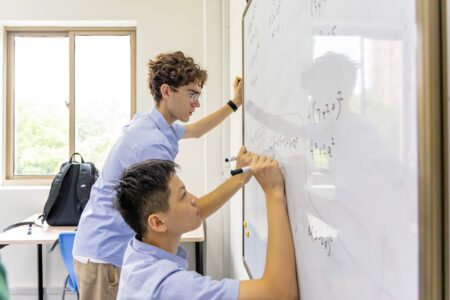Every weekend, Leo, transformed Lego bricks into his own creations, figuring out how pieces fit together and how ideas could come to life. Those early experiments sparked a love for problem-solving that would shape his future.
At Shanghai Community International School (SCIS), this passion grew. From robotics competitions to rigorous STEM courses, Leo was challenged to think creatively and tackle complex problems. He became fascinated by how engineering can solve real-world challenges and make a lasting impact.
“SCIS made me think more broadly,” says the Class of 2025, SCIS Hongqiao graduate. “It wasn’t just about solving problems, but about understanding what questions to ask. It also helped me manage my time better.”
During his formative years at SCIS, Leo learned to recognise his strengths, build core academic competencies, and connect classroom learning to real-world impact. He received both the SCIS Renaissance Award and the Award for Academic Excellence.
This fall, he joined Imperial College London to study civil engineering. Looking back, he says, “The thing I’ll miss most isn’t just the school, it’s the people. This community is what shaped me.”
Ines, Class of 2025, SCIS Hongqiao, shares a similar perspective. In Grade 4, the movie “Hidden Figures” inspired her to pursue a career in aerospace and engineering. In Grades 11 and 12, she excelled academically through independent study and one-on-one sessions with her IB Diploma Programme (DP) teachers, keeping pace with the demanding courses.
“Having unwavering support from my DP teachers felt like having a team behind me,” she says.
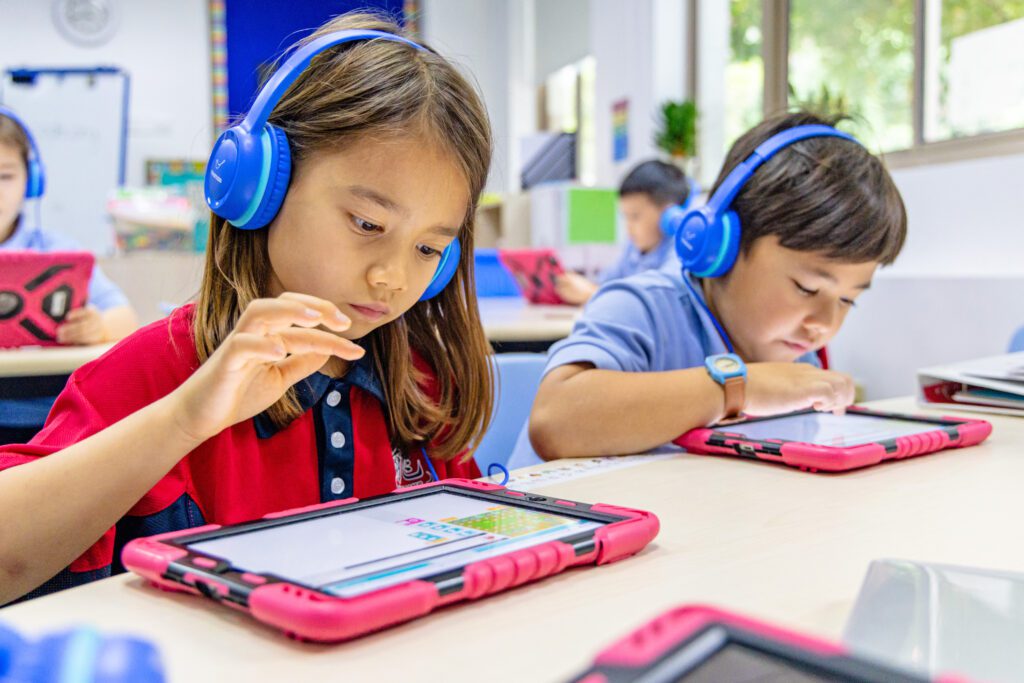
Shanghai Community International School is home to over 1,800 internationally-minded students, offering a rigorous and nurturing multicultural environment for comprehensive development. Source: Shanghai Community International School
SCIS, an International Baccalaureate Continuum World School with campuses on both sides of Shanghai’s Huangpu River, provides exactly that kind of support to all students. It’s a community where curiosity is nurtured, ideas are tested, and knowledge is turned into action.
From their first days in the Primary Years Programme (PYP) to the challenges of the IB Diploma Programme (IBDP), students are guided to explore, question, and experiment. Design Thinking and Project-Based Learning (PBL) are embedded throughout the curriculum, helping students transform challenges into solutions and think creatively about problems both inside and outside the classroom.
In the PYP, students from Nursery to Grade 5 are tasked to wonder about the world and turn their curiosity into structured discovery. They learn to predict, test, and analyse, collecting data to make sense of outcomes. Play becomes a form of investigation, questions lead to mini-experiments, and small successes build confidence. Teachers guide them gently, helping them recognise patterns and make connections.
By Grade 5, these skills come together in the PYP Exhibition, a student-led project where learners research real-world issues, take action, and share their findings with the school community, demonstrating their growth as thinkers, innovators, and communicators.
As students reach Grades 6 through 10, they enter the International Baccalaureate Middle Years Programme (IB MYP). The questions get bigger, the stakes higher. Students are challenged to connect their learning to the wider world, tackling projects that demand critical thinking and collaboration.
“I think the MYP has done a great job preparing us for whatever lies ahead in the treacherous future, because I feel I have a pretty complete skill set I can rely on to get through almost anything,” says Athena, an 11th-grade student.
In these years, students learn that failure is a step in the process of creation, analysis, and discovery. They refine their ideas, test hypotheses, and present solutions to complex problems, developing resilience along the way.
In other words, academic rigour isn’t measured by the amount of homework but by the depth of thinking and the willingness to take risks. To develop these skills, students tackle real-world problems using the design thinking process: empathise, define, ideate, prototype, and test. This hands-on approach naturally builds creativity, critical thinking, and confidence.
By encouraging students to be problem solvers and innovators rather than passive learners, the curriculum equips them with the tools to navigate challenges with flexibility and insight.
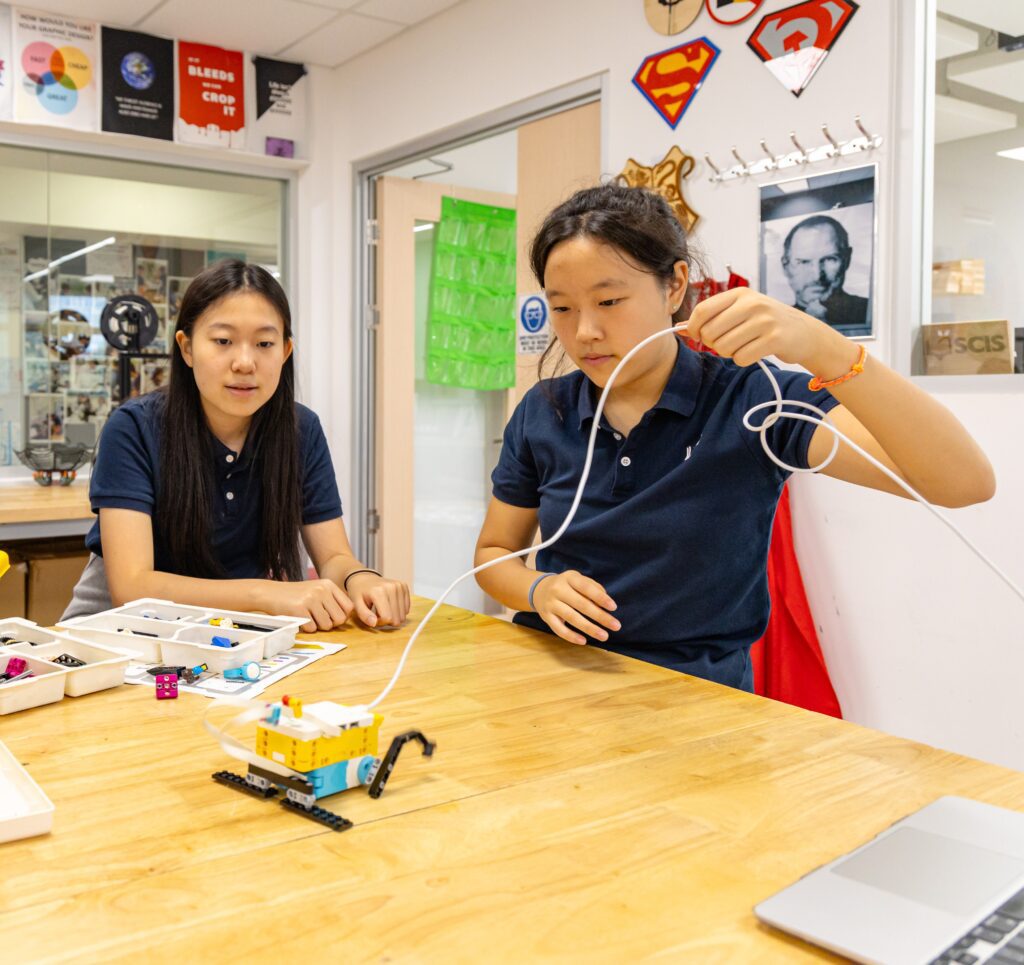
Shanghai Community International School cultivates a diverse international community, representing over 57 nationalities and 39 languages. Source: Shanghai Community International School
By Grades 11 and 12, most students are enrolled in the IBDP, a programme recognised by top universities worldwide. The programme challenges them to synthesise knowledge, write extended essays, complete creative projects, and reflect on global issues. Students engage deeply with subjects that interest them, guided by teachers who act as mentors and collaborators.
Support and relationships are central to life at SCIS. Upper School students, especially those in Grades 11 and 12, belong to small Advisory Groups where counsellors provide personalised guidance not only on academic, social, and emotional well-being, but also on university applications and future pathways. The school also offers programmes for English Language Learners and those who require additional academic support as well.
Each student’s journey is personalised, with courses and guidance aligned to their strengths, interests, and aspirations. In this environment, curiosity is cultivated, talents are nurtured, and confidence grows in tandem with capability.
From the inquiry-based learning of Early Childhood Education to the creative, rigorous demands of the IBDP, SCIS provides an environment where students can dream big and reach higher.
Learn more about Shanghai Community International School.
Follow the Shanghai Community International School on Facebook, Instagram, YouTube, LinkedIn, Rednote, and WeChat

